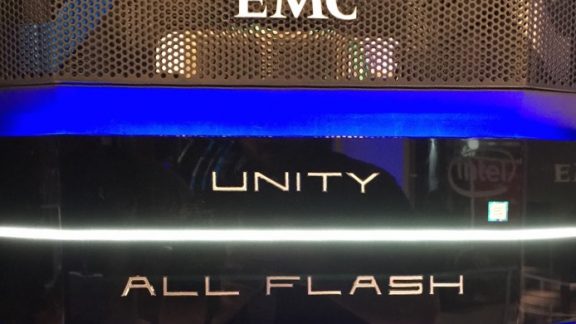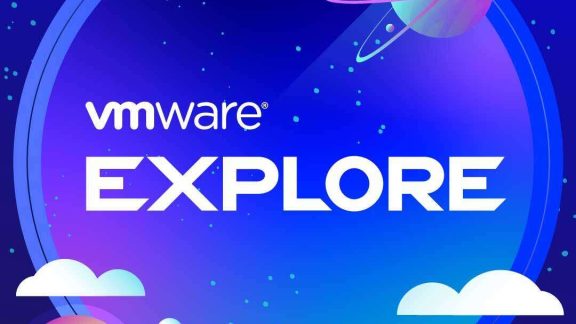One of the major announcements at EMC World this year was the release of Unity, a new midrange All-flash storage array from EMC. I was particularly pleased to see this release as a key design goal for Unity was to deliver native support for vSphere Virtual Volumes and Storage Policy-Based Management. The certification for EMC Unity for both block and file across both All-flash and Hybrid configurations has been completed and is available on the updated VMware Virtual Volumes compatibility guide.
What Workloads is Unity Targeted At?
Unity is targeted as a midrange storage solution providing consolidation for database, virtualization, and file workloads from a unified storage solution. The underlying storage pool design of Unity allows the capacity of the system to be flexibly shared across Virtual Volumes and traditional options like block and file protocols. The ability to carve out different vVols datastores from the pool (and set quotas on them) also provides a good basis for workloads requiring multi-tenant or multi-department access control within vSphere.
Integration With Virtual Volumes
EMC’s Unity vVols implementation allows a vSphere administrator to select from a variety of storage capabilities. These include service levels, RAID type, FAST cache, etc. For me, a particularly interesting capability is the Usage Tags. These Usage Tags allow the storage administrator to pass through additional hints when constructing the storage policies in vSphere. For example certain capability profiles could be tagged for archive storage, others for transactional workloads. This hinting reminds me of the flexibility available using vSphere tags, but in this case it is carried across system boundaries from Unity into the vSphere VM Storage Policy itself.
Multiple vVols datastores can also be served by the storage system. Each vVols datastore in vSphere is backed by a logical entity in Unity that defines the quotas allocated to the datastore of the different capabilities that the array can provide. This means that, as is a best practice with vVols, a given datastore can support multiple different storage capabilities. The Unity system actually performs some optimizations in the placement of Swap and Config vVols when deploying the VM on a vVols datastore with multiple tiers of service to ensure they get an appropriate level of performance applied to them.
Another key improvement is the new copy engine. This copy engine is the mechanism that is used by Unity to perform operations like cloning a VM. With vVols these operations are entirely offloaded by API onto the storage system, bypassing the requirement of using the vSphere’s cloning operation, and ensuring the operations are performed close to the data. This copy engine is also used for policy reconfigurations on an as needed basis. This capability enables Unity to bring the Virtual Machine into compliance with its new policy in an automated fashion that is transparent to vSphere.
In addition to the offloading of clones vVols also offloads Virtual Machine snapshots onto the array. These hardware-accelerated snapshots are used for both user initiated snapshots within vSphere as well as snapshots initiated by backup solutions that integrate using the vSphere APIs for Data Protection.
For this implementation EMC have chosen to deliver the VASA Provider for Unity as part of the array. This has enabled them to take advantage of the array’s built in storage processor availability mechanisms to protect the control path access between vSphere (vCenter and the ESXi hosts) and the storage system itself. This resiliency ensures you can be confident deploying vVols with EMC Unity.
Learn More
If you are attending EMC World then drop by the Virtual Volumes stand at the VMware booth to talk to chat about Virtual Volumes and their benefits.
Try the UnityVSA community edition – EMC have made available a community edition of the UnityVSA free for test/dev usage. This VSA an be deployed on a vSphere environment and provides full access to the HTML 5 based user interface so you can get a great insight into how to use Unity in your test/lab environment.
As you would expect there are also a lot of resources provided by EMC. The Unity Info Hub is a good place to find white papers and other resources related to Unity.





